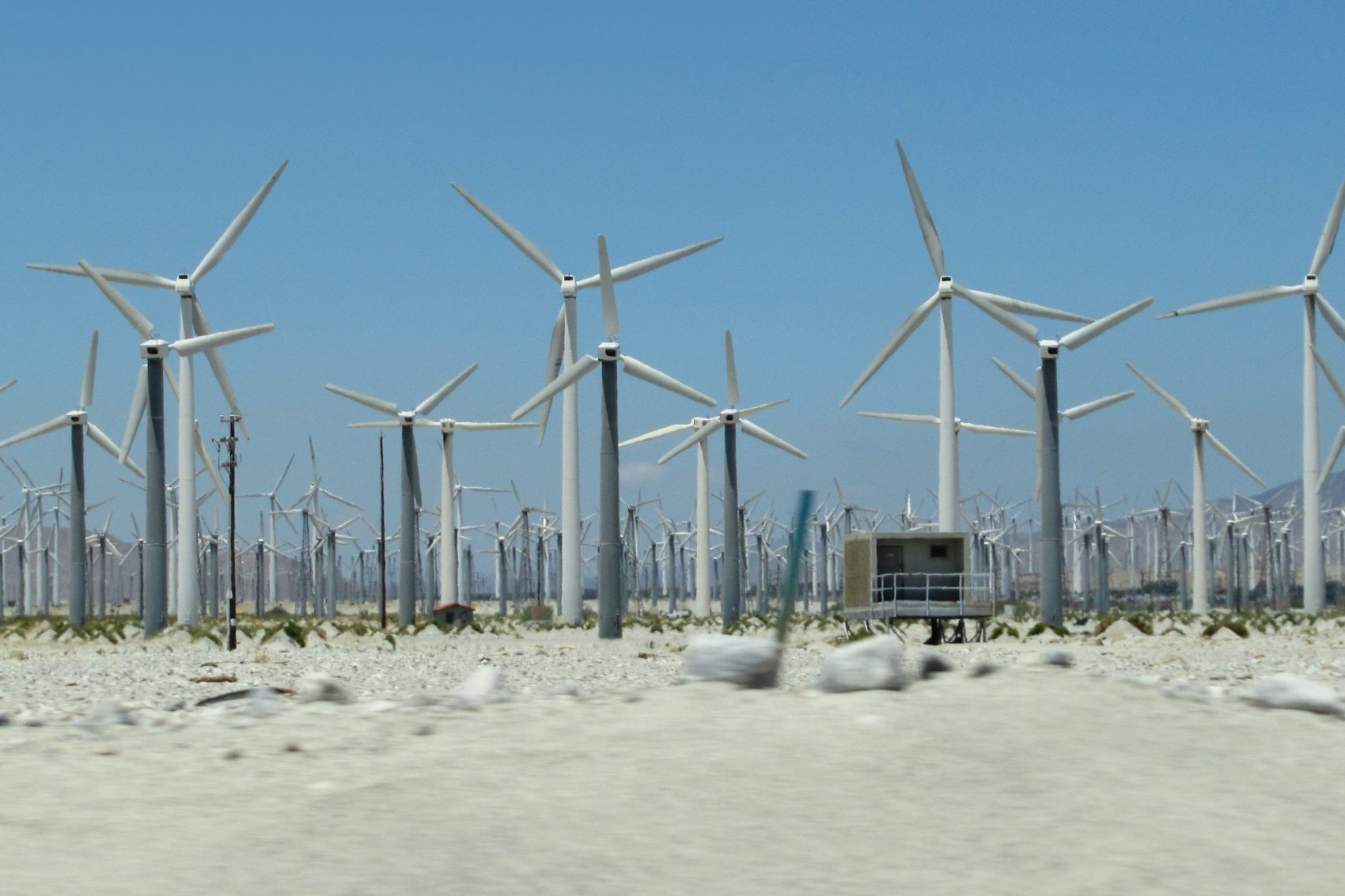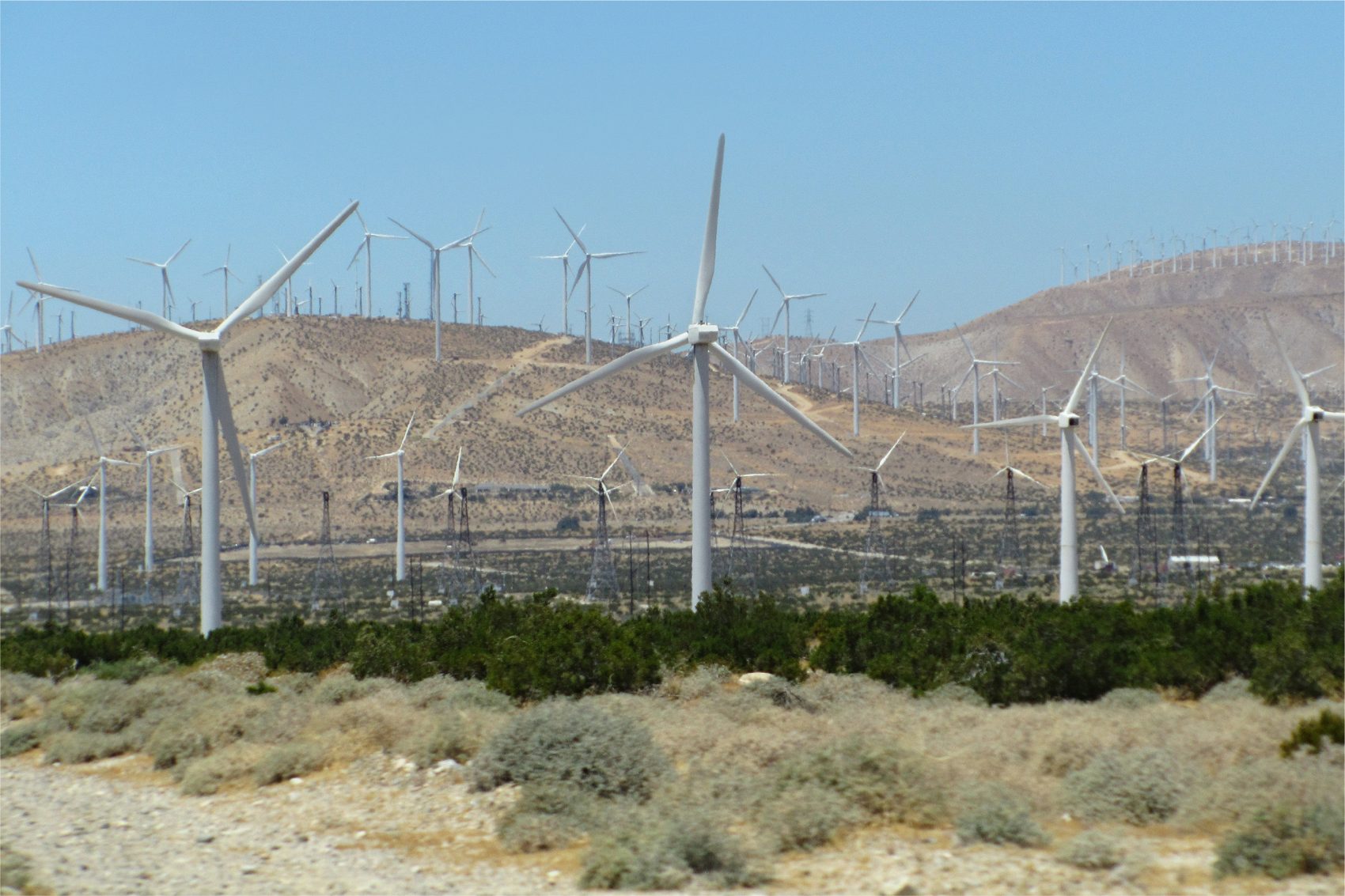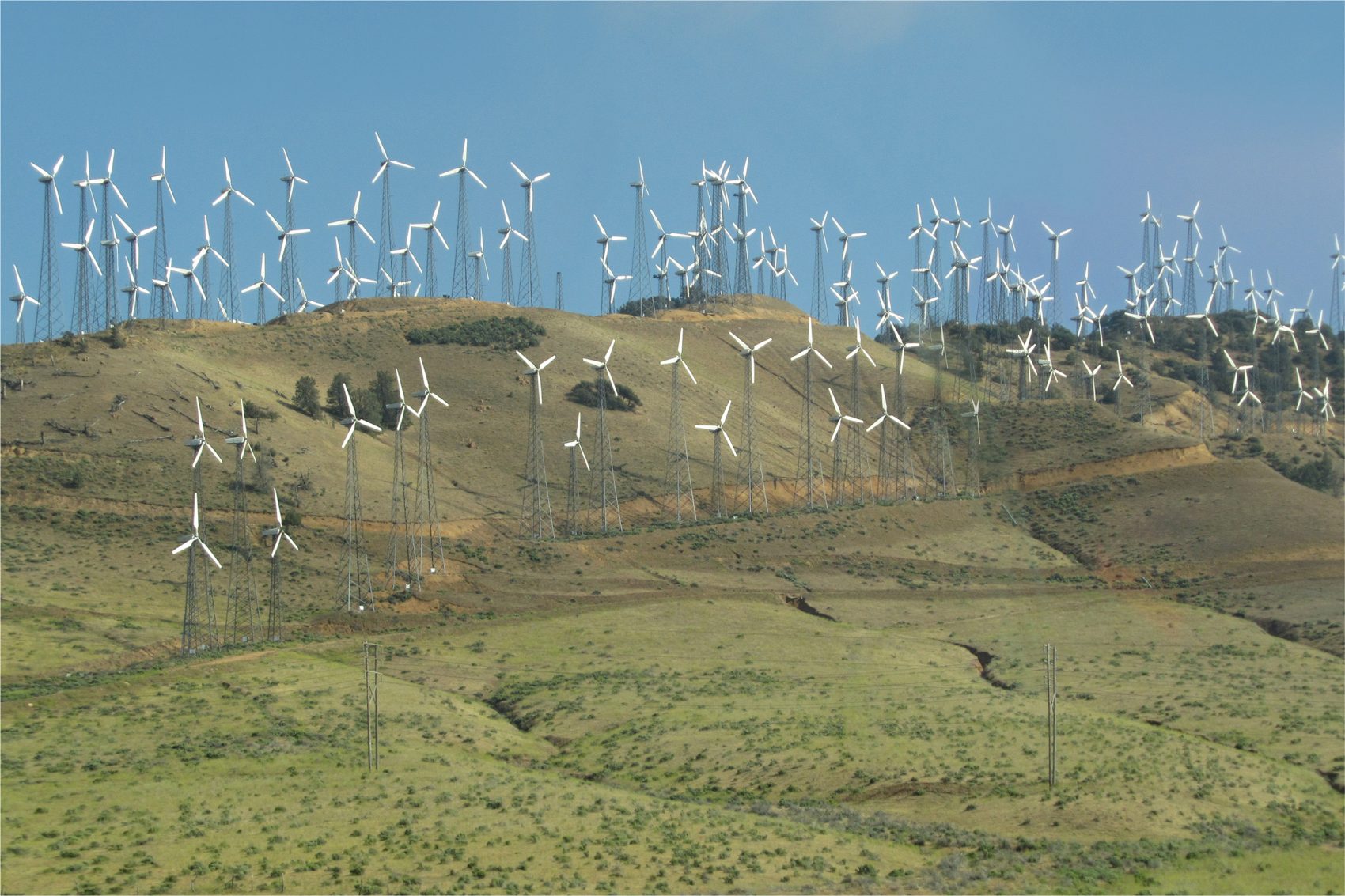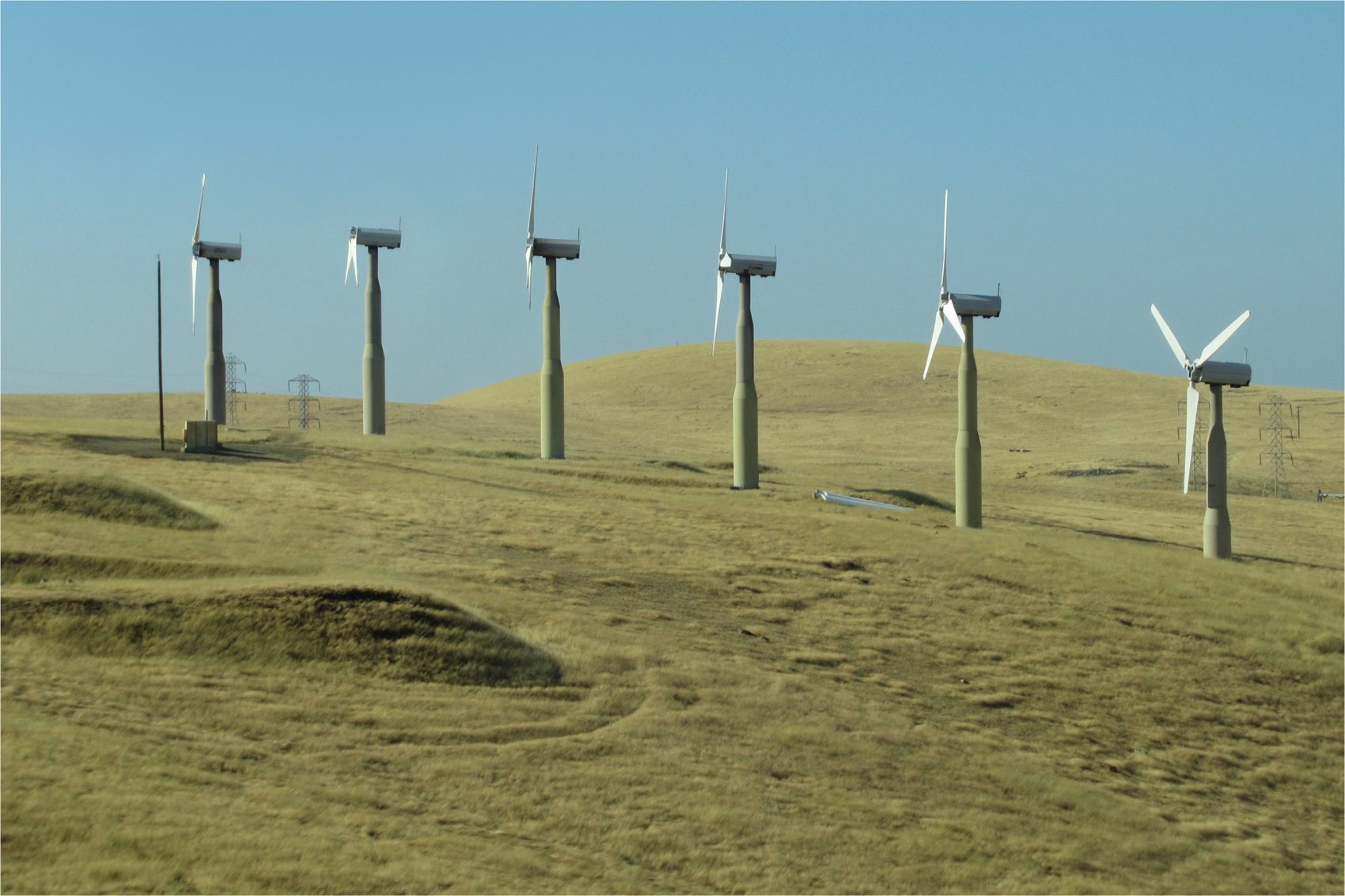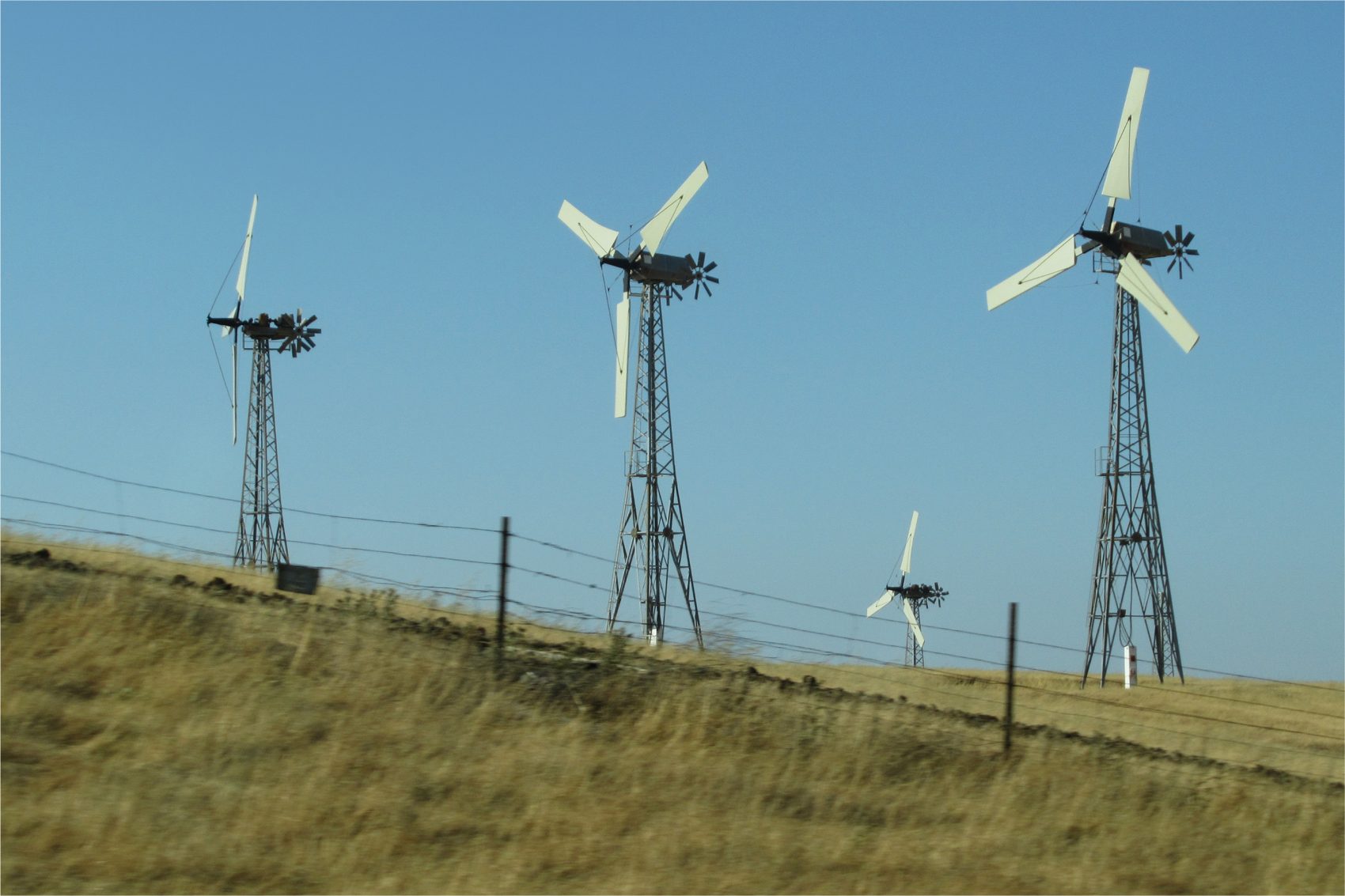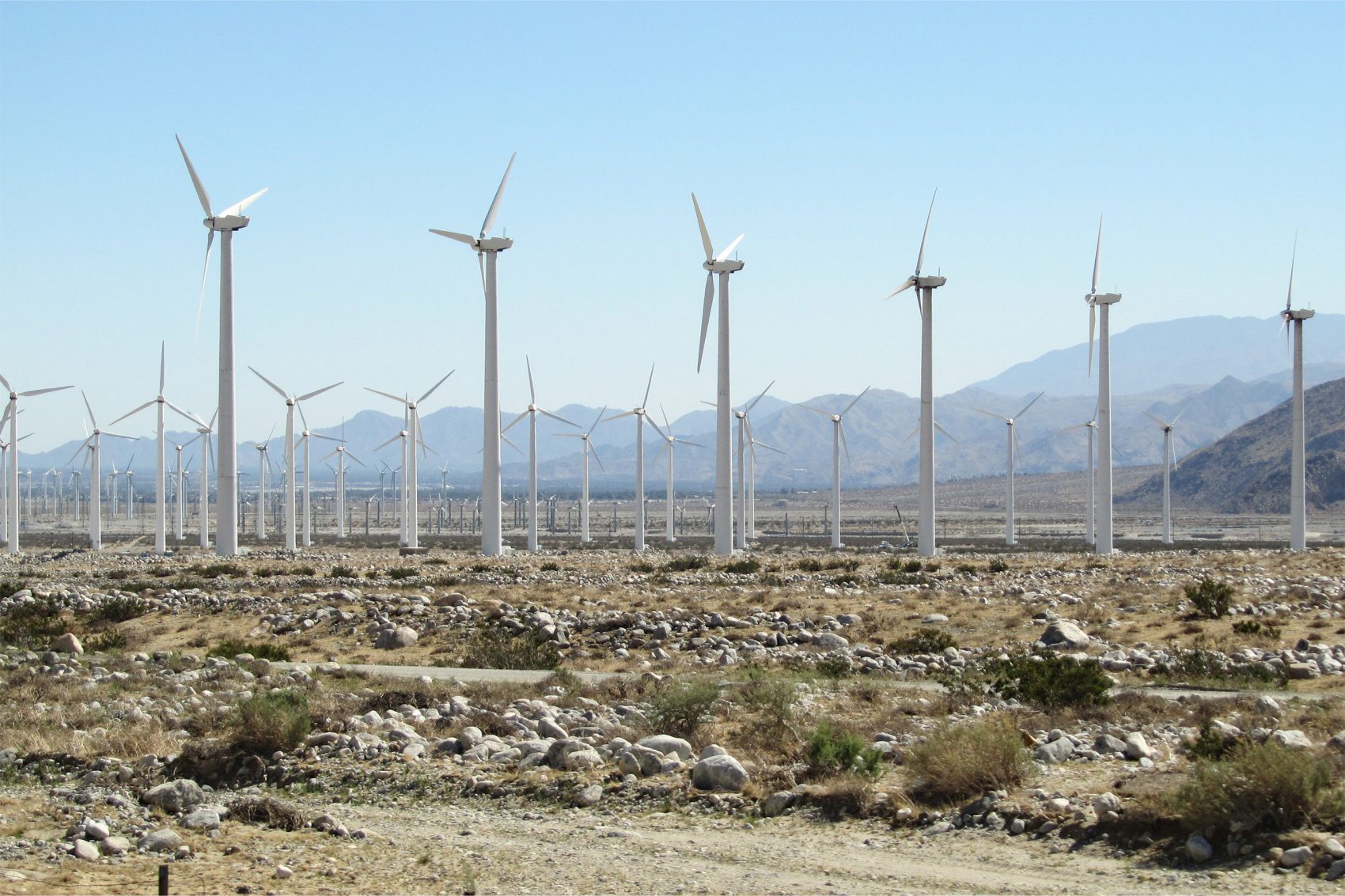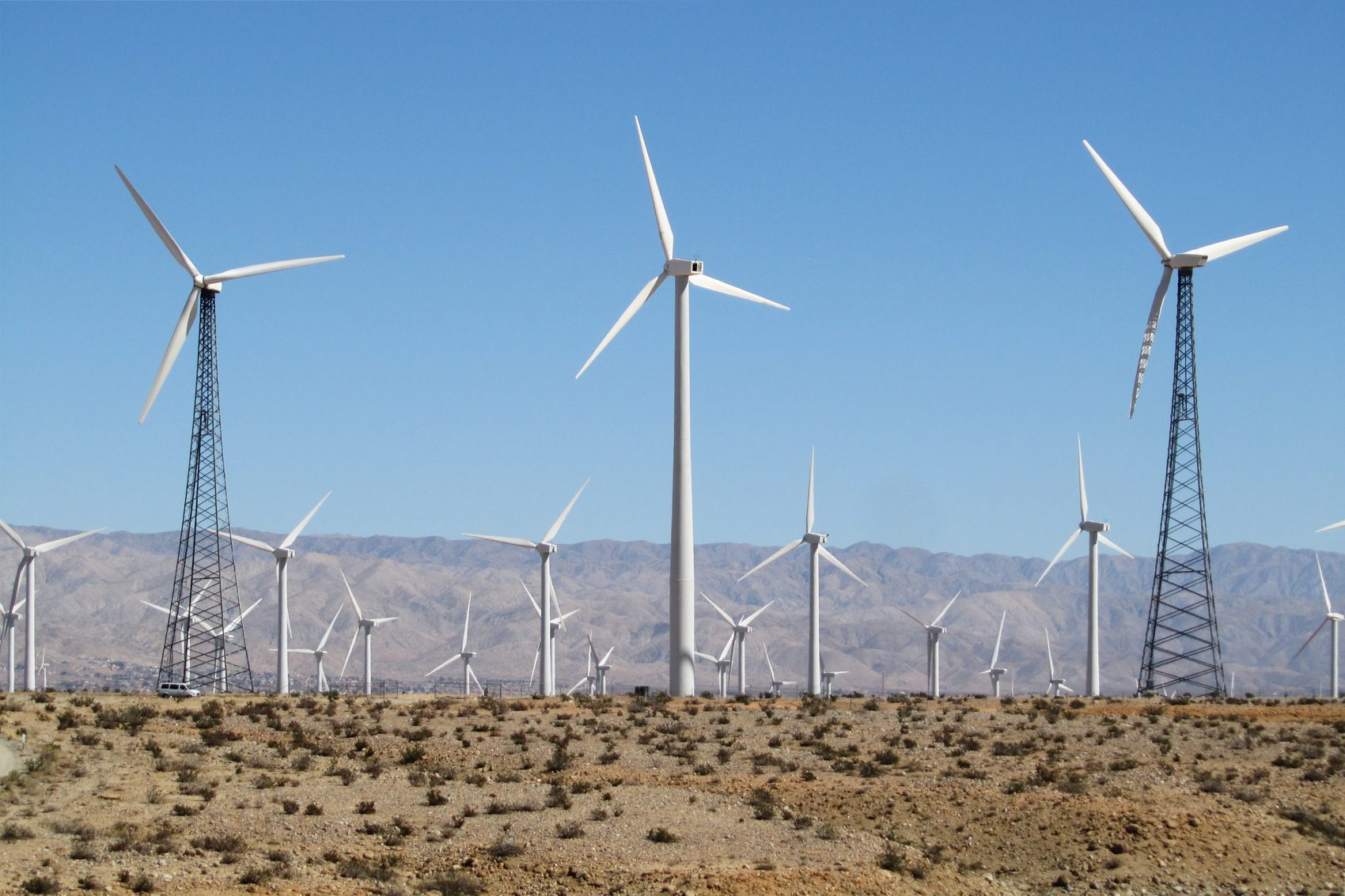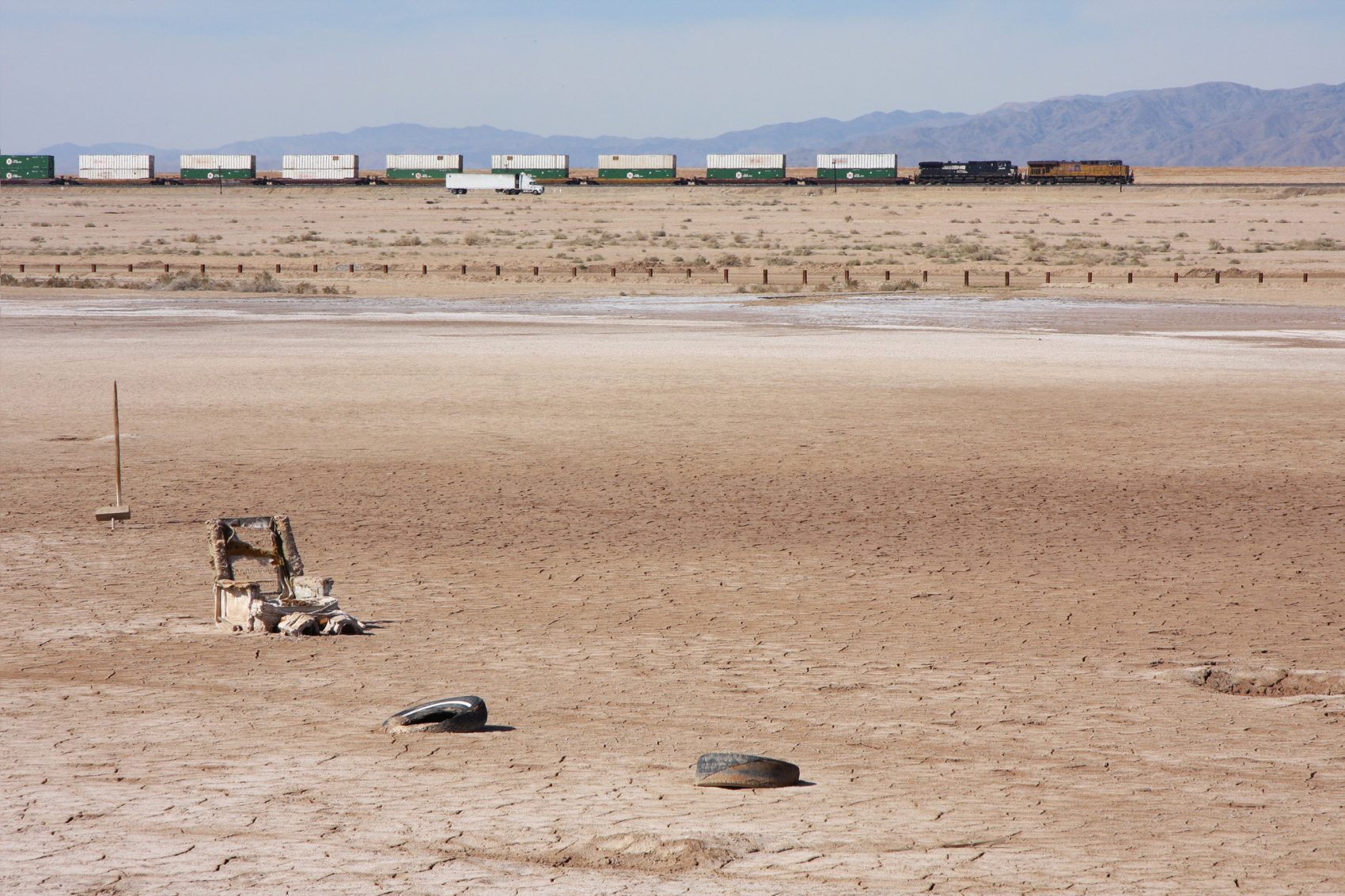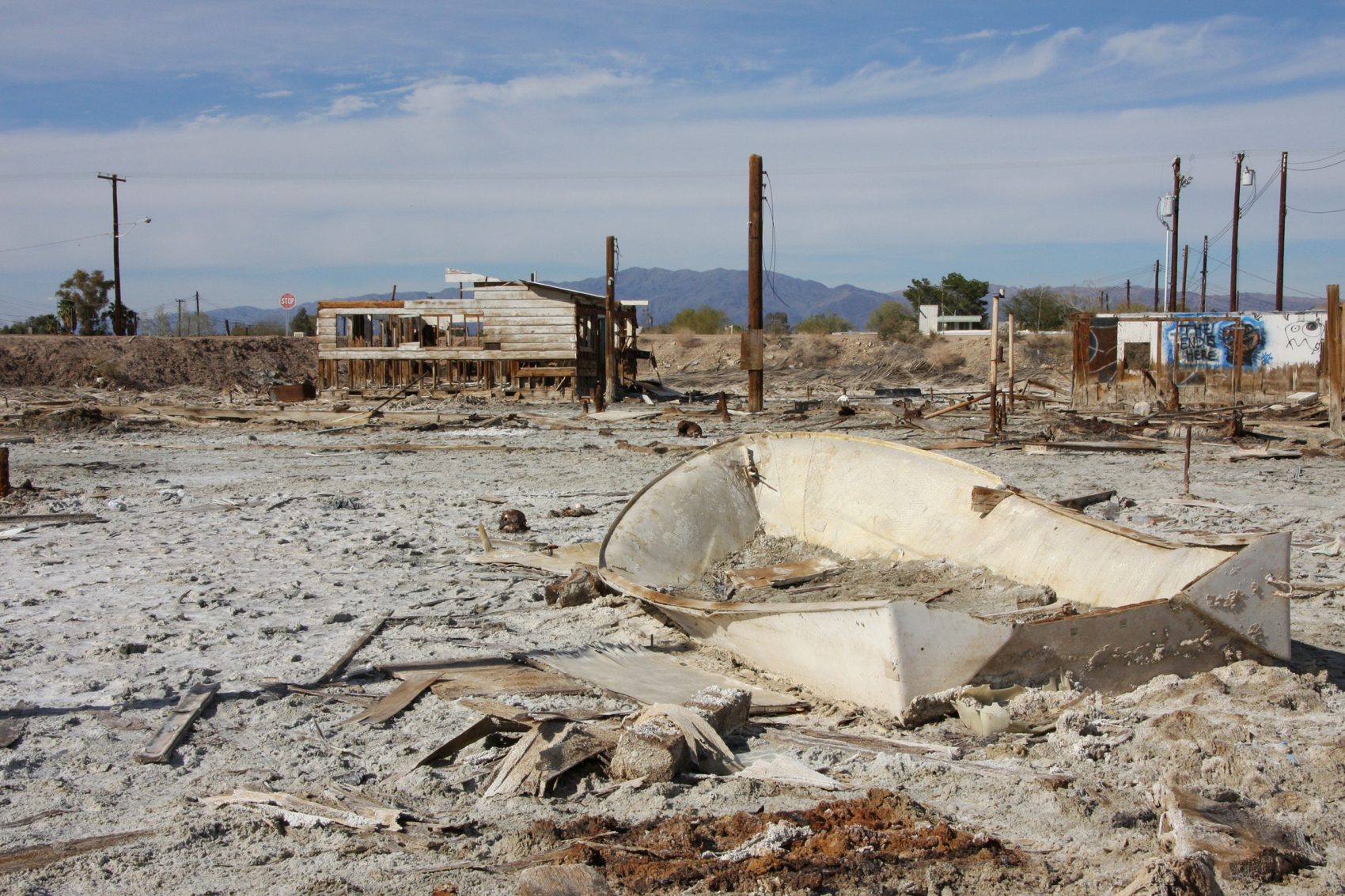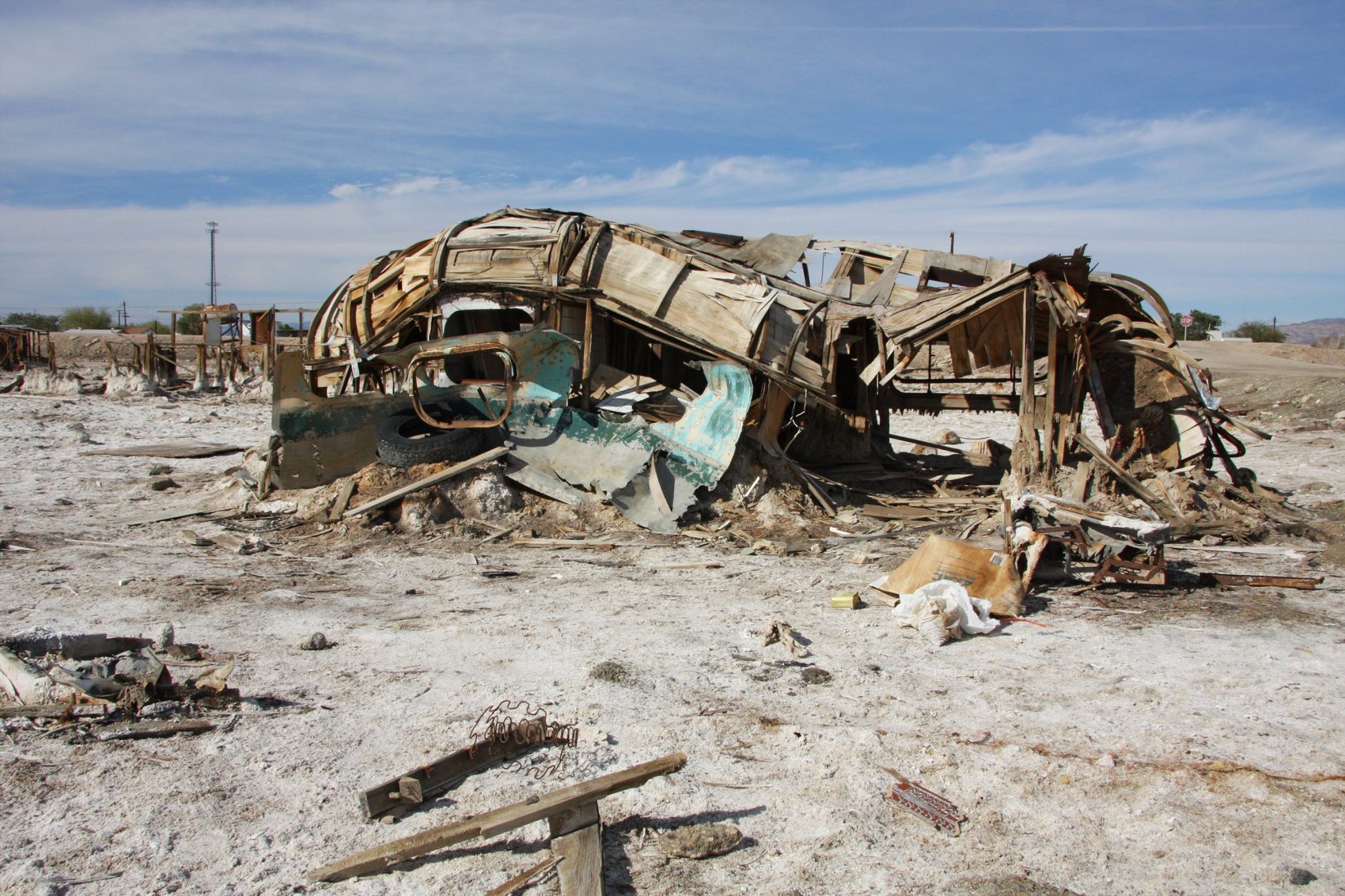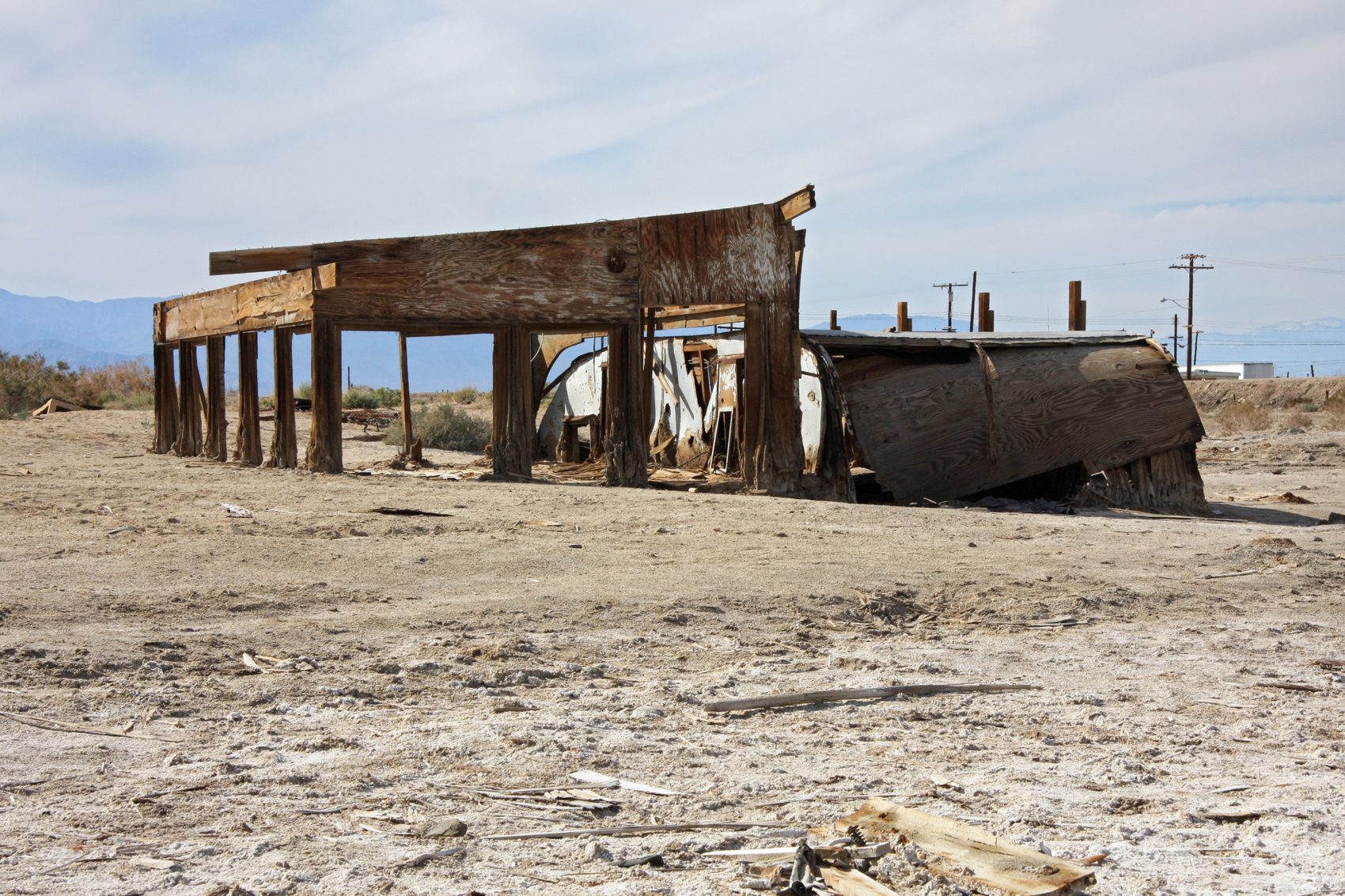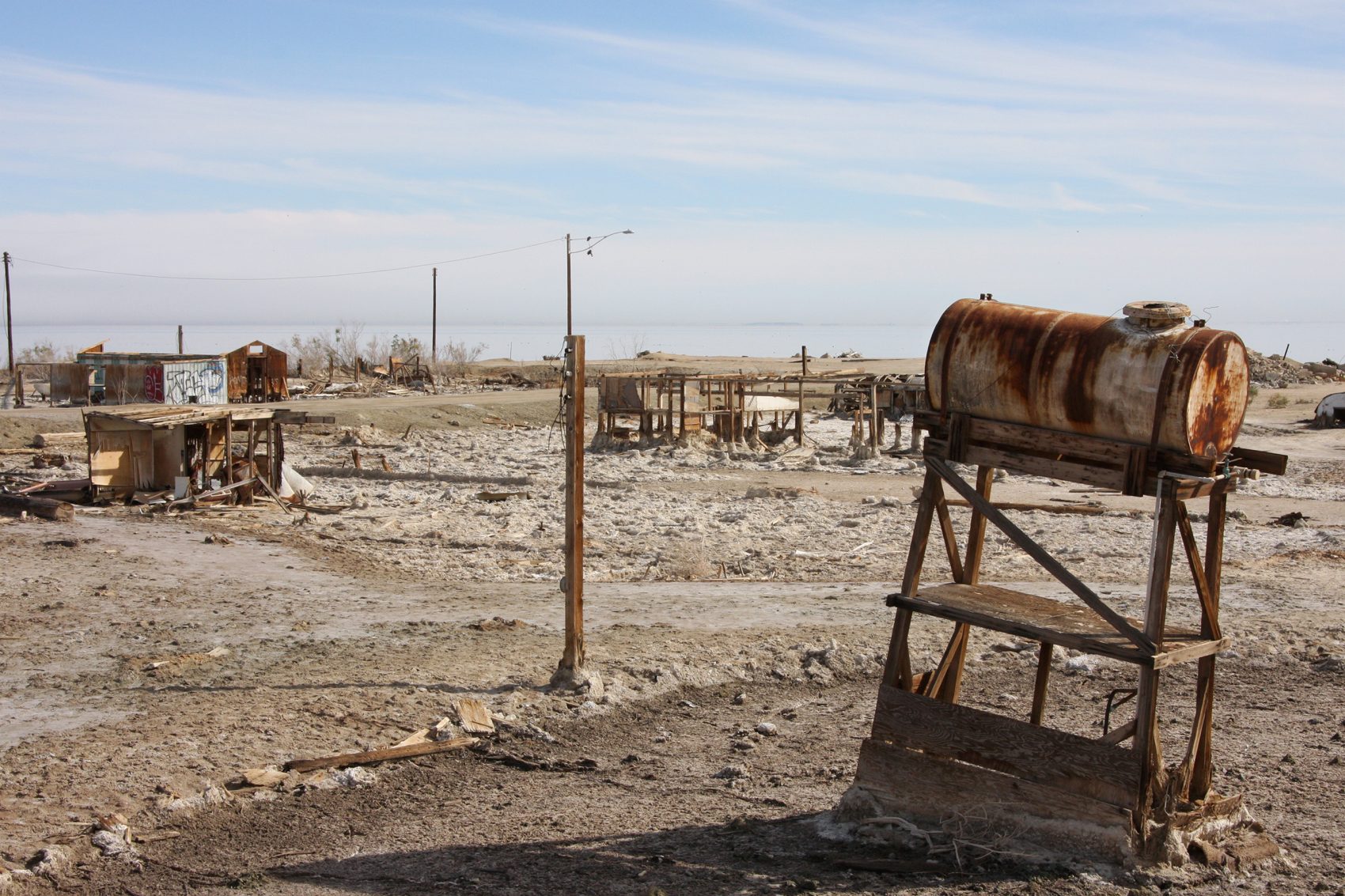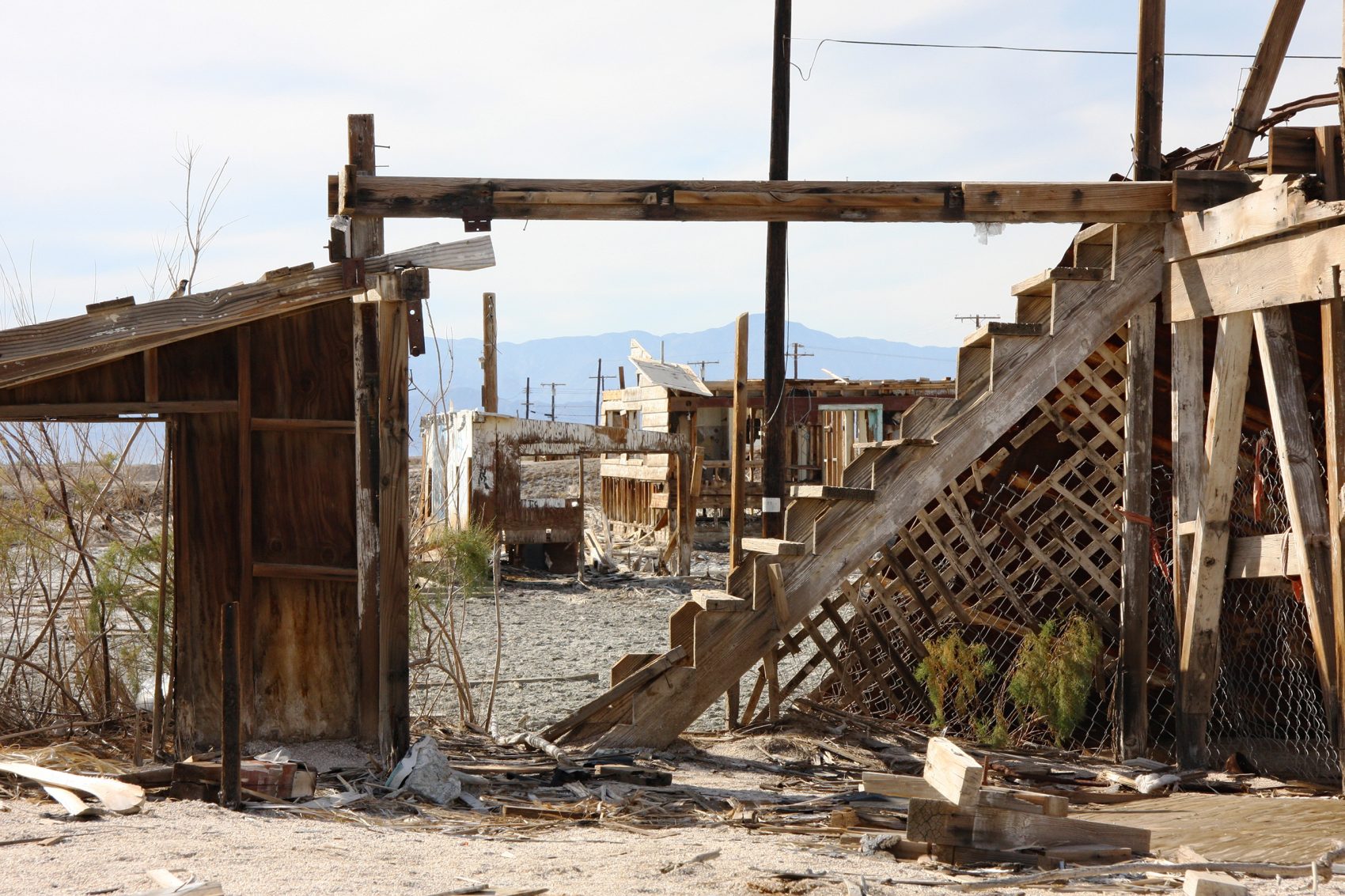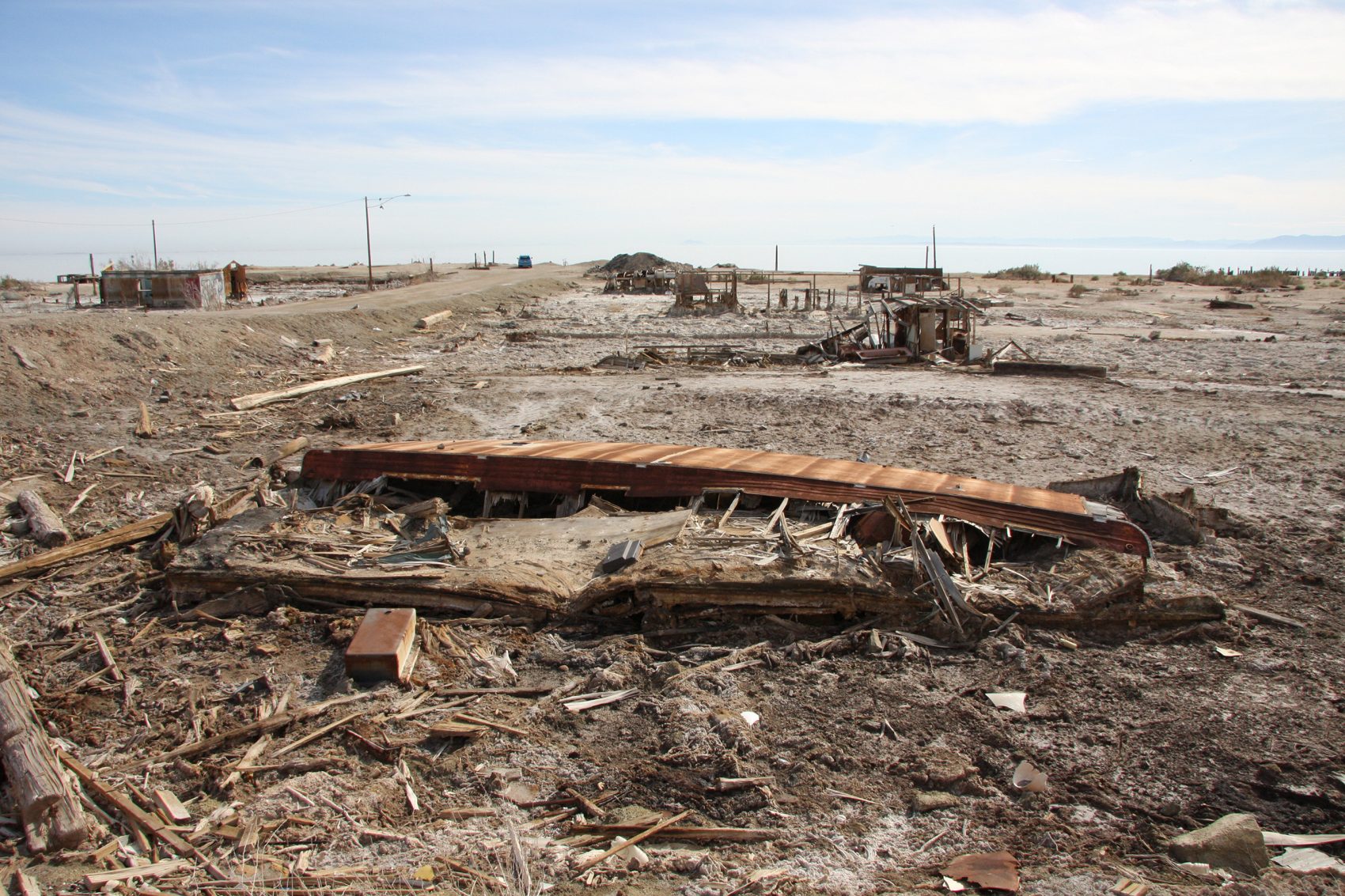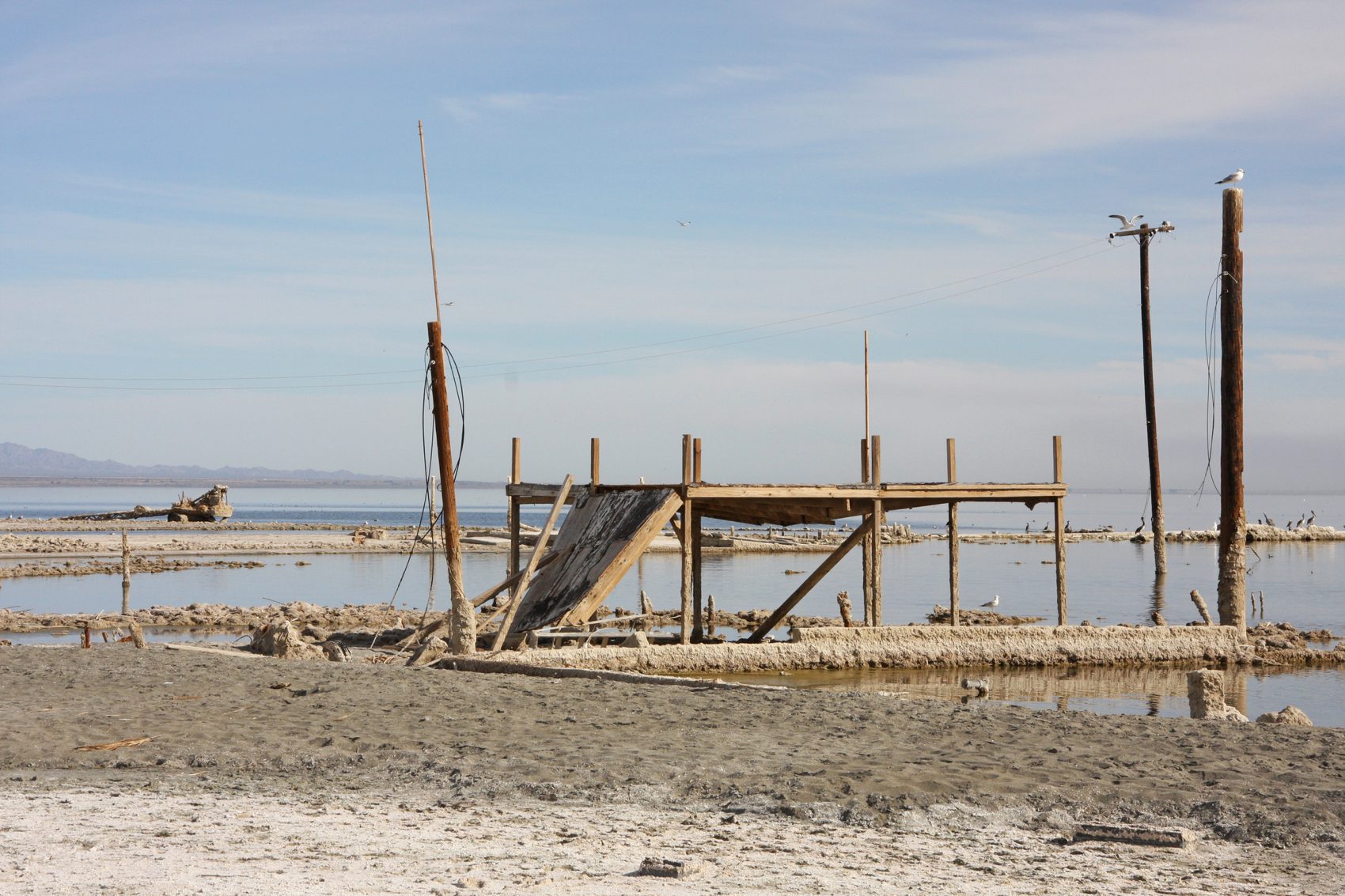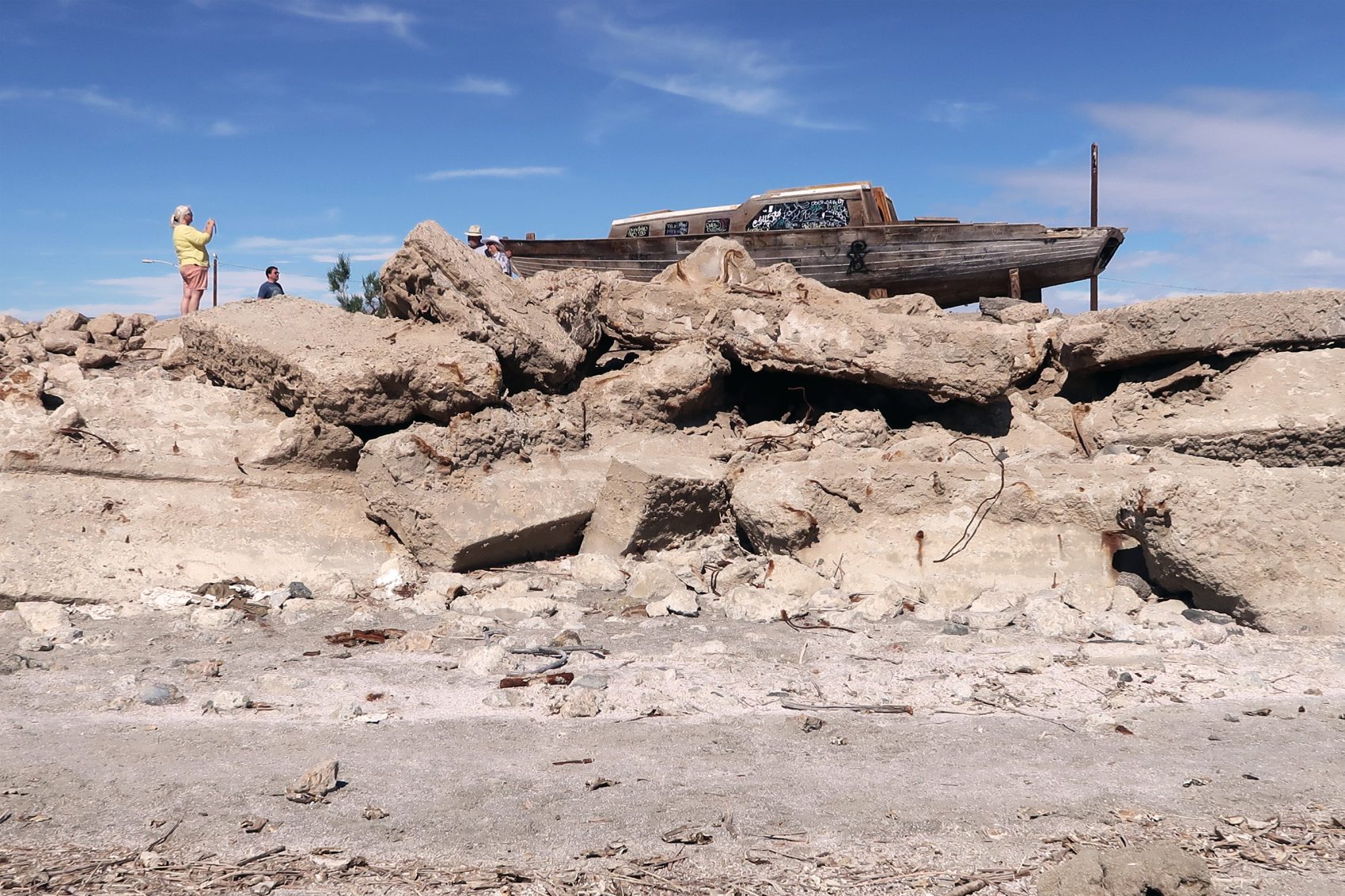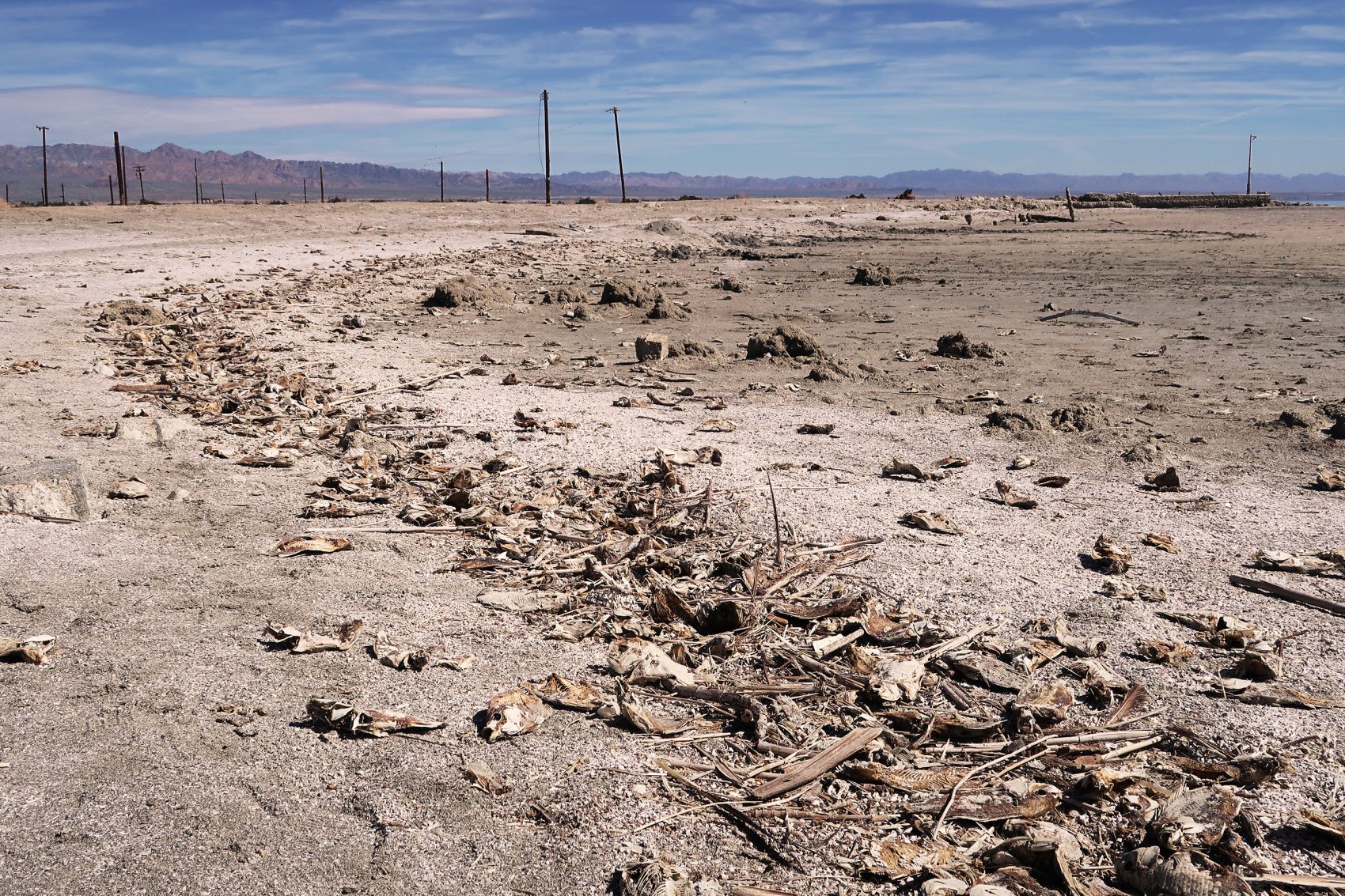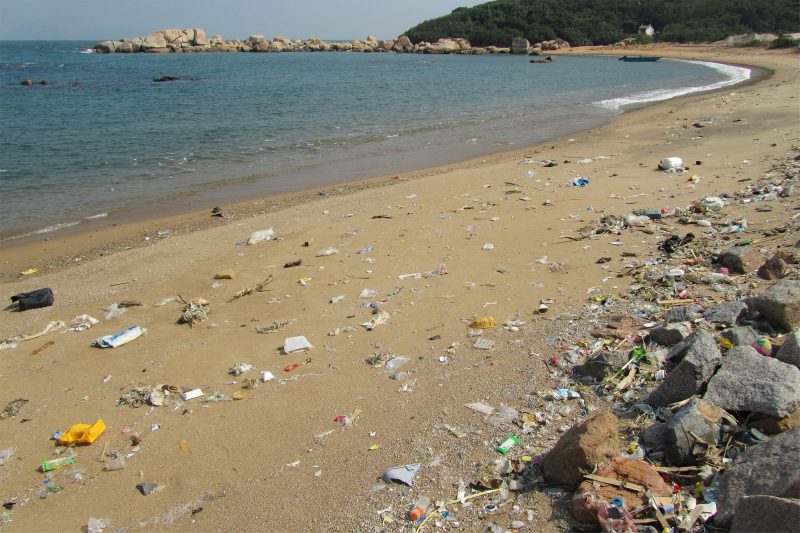- Peter Mörtenböck, Helge Mooshammer
- Contributed clusters
- World of Matter
Demiurgic Worlds
When environmental disaster strikes, its root causes can be many, but they are all ultimately linked to the changing nature of the relationship between politics and economics. If economics can flourish outside politics by simply following its rogue nature, as some have argued, then this is further enhanced by the economic turn of politics itself: A certain blindness on the part of the market-state and its political agents persists towards disaster because all too often they actually benefit from it. Both state and market are all too willing to gamble on catastrophe in order to gain extra amounts of uncontrolled revenue or to advance specific goals involving radical social and economic engineering by exploiting public disorientation.
On the other hand, the more visible environmental disasters become, the more they tend to trickle into popular consciousness and remain in memory as an open wound waiting to be revisited and healed somewhere in the distant future. In this sense, environmental insecurities are also provoked by what Zygmunt Bauman in his characterisation of modern existence has termed a “life of continuous emergency”(1)—the permanence of sudden disruptions that push life as it is being lived off course, detracting from the unrestricted accumulation of value and thus generating anxiety.
In this situation, the scientific calculation of risks and the engineering of cost-effective solutions to mitigate the effects of deteriorating ecosystems are increasingly being deployed as a balm to salve this scarred cultural and natural landscape. So far, therapeutic interventions have focused on the manipulation of earth or climate systems, such as weather control projects or even more radical terraforming strategies to counter global warming. Experiments with cloud seeding and solar radiation management are well underway as part of policies designed to commandeer and control the climate of the earth. Under its new national plan (2013-2020), China has divided the country into different regions and command centres for strategic weather modification. And in its own attempts to counteract ‘anthropogenic climate change’, the US has likewise intensified its research into aerosol geo-engineering, providing multi-billion dollar budgets to fund the experiments involved. Given the politico-economic advantages to be gained from such operations, weather modification is likely to become an element of many national and international security policies in the near future.
Though military or any other ‘hostile’ use of environmental engineering was banned by a UN convention tabled in 1977,(2) support for weather modification technologies as a means of controlling the world’s climate is currently on the rise. This support is being informed by environmental discourses that centre on the human capacity to ‘improve’ environmental benefits. In the process, nature is being redeveloped in accordance with the needs of rapidly growing populations, atmospheric self-regulation is being ‘restored’, and large sways of wasteland are being ‘returned’ to nature. A particular cultural perspective on nature is thus being imposed upon the re-engineered territories as well as on local communities, one not dissimilar to the anthropocentric, self-centred attitude toward the environment displayed by arcane methods of rainmaking practiced in the Western world during the early twentieth century. While it may seem that there is still no need to consider alternative possibilities of how we want to relate to nature, it is worth noting that such possibilities are not even made part of the political debate in the first place. On the contrary, dissenting perspectives on the environment and their potential to generate resistance are currently being increasingly integrated into government plans for environmental engineering from the outset.
On a recent trip to China, I found this shift in policy confirmed by the new political leadership’s decision to introduce impact assessments for all state projects that might have adverse environmental consequences, assessments whose key focus is on the likelihood of these projects prompting protests or social unrest. In this approach to resource ecologies, resources are not conceived of as the object of planning but as planning itself. They are turned into a mechanism geared to the manipulation of social and political climates, the regulation of civic anxieties and the creation of order based on narratives of technological mastery and environmental control. An alternative and more desirable approach to environmental politics would be to introduce democratic processes that address the options we have for relating to the environment and the resources emerging from these relationships. However, establishing such an approach ultimately requires a profound cultural shift away from the idea that any environmental problem can be solved by skilful engineering, whether of a technological or political nature.
(1) Zygmunt Bauman (2010) 44 Letters from the Liquid Modern World. Cambridge and Malden/MA: Polity Press.
(2) Convention on the Prohibition of Military or Any Other Hostile Use of Environmental Modification Techniques, opened for signature at Geneva on 18th May 1977.
There is a growing tendency that resources are not conceived of as the object of planning but as planning itself. They are turned into a mechanism geared to the manipulation of social and political climates, the regulation of civic anxieties and the creation of order based on narratives of technological mastery and environmental control.
Cities play a major role in the ups and downs of economic cycles: They are the arena of a speculative contest for global significance, and their prosperity is regarded as a general measure of economic growth, cultural vitality and political willpower. This makes the consequences all the more far-reaching when economic crises are manifested in urban decline. However, the collapse of economic systems is not only a trigger of urban decay but often also generates the conditions for the emergence of alternative urban worlds. Salton City in the Californian desert, a development that failed to live up to original plans, is one such world and is representative of a growing number of urban agglomerations that are shaping their own perspectives their own agendas in the wake of radical economic slumps. Unperturbed by the crisis-prone character of economic speculation, they are propagating an urban praxis of self-assertion – a field of inalienable spatial production.
Against the background of such alternative trajectories, urban living space can prove extremely productive, even in the midst of worldwide financial crisis. This is particularly evident when we observe the city in its extreme manifestations and identify particular rhythms of spatial production that do not solely conform to the cycles of financial development, but rather open up an urban field that posits values different from those of the financial world as fundamental ideas of the city. Such examples show how the idea of the urban is not actualized by the speculative development of land and the equally speculative sale of real estate but by the circuits emerging from the contingent situation of imagining, acquiring, constructing, inhabiting, utilizing, converting and revitalizing – from all that which Fredric Jameson has characterized as the “pragmatic truth”.(2)
Salton City is a settlement area in southern California’s Colorado Desert that is often presented in different narrative genres as a symbol of the historical disaster of Californian land speculation, from Marisa Silver‘s The God of War (2008) to the documentary film Plaques and Pleasures on the Salton Sea (2007). In these portrayals the shared enthusiasm of the residents of Salton City is usually contrasted with the desolate scenery around them: the remains of wooden building s standing in the red mud and dried-out, headless palms framing the skeletons of rust-eaten campers and trucks, mountains of fish and bird cadavers, and crumbling infrastructure – relics of a better time.(3) It is reported that Salton City is ridiculed or ignored by most Californian residents. And yet, located on the shores of the Salton Sea, California’s largest inland body of water, and boasting 350 days of sunshine every year, Salton City had auspicious beginnings.
In 1905, 50 miles south of Palm Springs, close to the border to Mexico, an attempt to redirect water from the Colorado River for agricultural irrigation resulted in a catastrophe with far-reaching consequences. Heavy rain during the construction of the canal system led to a massive dam failure, allowing water to flood into a depression 80 metres below sea level in the middle of the desert. Over the two years it took to close the dam, the Salton Sink, which was already home to several thousand people, was transformed into the Salton Sea, a rift lake covering an area of 1000 square kilometres. During the 1920s the Salton Sea developed into a recreational destination, and in the 1930s and 1940s it was also used by the military to test prototypes of the first atomic bomb. An initially makeshift infrastructure was rapidly replaced by a range of recreational offerings, beach developments and accommodation facilities, finally leading in the late 1950s to the area’s most ambitious project, Salton City. Salton City was promoted as an investor’s dream par excellence: a recreational and recuperation paradise spread over 80 square kilometres that within a few decades would grow into one of the ten biggest cities in California. Sales promotions from the time feature flowery phrases such as “Wonder of the Desert”, “Salton Riviera”, “Palm Springs with Water” and “Biggest Playground in the West”. This enthusiastic marketing was based on the fact that California’s population had doubled between 1940 and 1955 and the belief that this population boom would inevitably lead to settlement of desert areas. The more attractive the area, the greater the expected profit, and an extensive tract of lake-front real estate seemed to offer an ideal magnet for future growth.
Between 1958 and 1964 a 400-kilometre road network was constructed in the desert, along with 500 kilometres of water pipes and electricity lines for 32,000 plots, all of which were sold during this period. To this basic infrastructure were added golf courses, marinas, luxury restaurants, race courses for high-powered speedboats, waterskiing facilities, and runways for private aeroplanes. Guests of the exclusive clubs on the Salton Sea included President Eisenhower, Frank Sinatra, the Beach Boys and Hollywood-Stars such as Johnny Weissmuller, Jerry Lewis and the Marx Brothers. In the 1960s Salton City was also declared a Mecca for fishing: fish released into the sea had proliferated to such an extent that the Salton Sea now came to be regarded as one of the world’s most productive bodies of water. However, fish thrive here because they have so much algae to eat, algae that proliferate because the abundance of nutrients in the water. These nutrients originate from industrial agricultural land irrigated by the Colorado River and drained into the Salton Sea. The problem is that the sea has neither a natural inflow nor a natural outflow, and the water collecting in it is only reduced through evaporation. As a result, the water’s nutrient and mineral content increases constantly. For instance, over recent decades the salt content of the sea has increased to such a degree that today it is well above that of sea water. In order to prevent the sea from dying, several million tons of salt will have to be removed every year. Proliferating algae blooms and increased concentrations of bacteria have already led to repeated mass deaths of local bird populations in the wetlands, and every year large quantities of dead fish are washed up on the shoreline.
In this situation, particularly in the wake of record rainfalls in 1976 and 1977 that flooded large parts of Salton City, the expected success story of the “Salton Riviera” rapidly came to an end. Parts of the settlements around the sea have now disappeared completely into the water or have sunk into the mud. Salton City’s marina and its once glamorous beach club stand empty. All the settlements built in the 1960s – Salton City, Salton Sea Beach and Desert Shores on the western shore and Desert Beach, North Shore und Bombay Beach on the eastern shore – were largely abandoned in the early 1980s; entire houses changed hands for as little as 1500 dollars. Since then there has been a good deal of wild speculation about the decline of the area. There has been talk of “poisonous margaritas” as a result of the sea’s pollution by illegal effluent from Mexico, and suspicions have been aired of malicious intentions within local government, such as in the case of aspirations in rapidly growing San Diego to claim water used by farmers in Imperial Valley, which would further increase the salt content of the sea and ultimately lead to it drying up. The fact that larger regional interests are at stake here is not least evident in estimations by ecologists that the bird population along the entire west coast – which has moved from urbanized areas to the Salton Sea – is endangered, and that sand storms linked with the drying out of the sea could result in extensive desertification in nearby Palm Springs.(4)
Salton City is thus a town with 30 years of experience in dealing with crisis, even though the speculative planning of the Salton City project has never really become a tangible reality. Of the 32,000 plots sold, only 600 (less than two percent) have been built on. The rest have remained objects of speculation. Many buyers never intended to actually build here. The brief real estate boom at the start of the new millennium did little to change this situation: today no more than 950 persons reside in an area of 80 square kilometres. Most of the houses built between 2005 and 2007 remain unoccupied; their average retail value has in the meantime dropped from 220,000 to 50,000 dollars.(5) Salton City thus embodies two things simultaneously: the potential of a city developed by financial forces and the prevailing ‘urban’ reality in which this potential together with other potentials has become normality.
In Bombay Beach, a smaller-scale settlement in the opposite shore, this normality is impressively in evidence. Here the 500 residents joined forces in 1981 and managed to wring money out of the relevant authorities for the construction of a levee to protect their town. The settlement has two bars, two shops and a women’s club that looks after local concerns; discarded golf buggies are used for local transport and for night-time races by younger members of the community. Many residents spend their time fishing, swimming, sunbathing, undertaking small-scale repairs and attending to the daily organization of their own lives. Societal dropouts, pensioners, naturists and people seeking an unconventional existence utilize the prevailing situation as a refuge from the constraints of a normative lifestyle. Thus, a place that has become a synonym for failure – an ecologically and economically ruined landscape – is providing the stage for a way of living that defies the values of financial capitalism.
What has been successfully practiced here for many years is not the vision wrought as a financial strategy but the tenacious maintenance of everyday life in the face of the operations of the global market society. As the day ends, one sees a school bus making its way through the grid of empty streets, families taking their dogs for a walk in the desert, people meeting in front of their homes for barbecues, fishermen bringing their catches home, skateboarders using the empty swimming pool at the yacht club as a ramp, and lone travellers who have parked their campers in front of the empty beach club enjoying the salty air. All this marks an unabashed insistence on local arrangements that give rise to an urban structure, one that operates not in lieu of or as an adjunct to the existing spaces, but in the midst of the decay and modification of socio-cultural orders: socialities that produces other socialities; utilizations that trigger other utilizations; infrastructures that elicit other infrastructures. What links these movements is a form of operating close up, a model of contagion that emerges from a recombination of relationships between spaces, bodies, signs and infrastructures and allows for makeshift connections between different ways of living and different actors. The mainspring of such a model lies in the promotion of local actions and not in the stabilization of certain socio-economic structures.
This also raises the question as to how planning can operate, as it were, close up. With what claims and capabilities can a planning model integrate itself into this action field? Is there not a fundamental contradiction between the concept of planning and the utilization of a situation? The formulation of an appropriate planning goal first requires specification of the concept of normality brought into play here. In the case of Salton City, design affects microsituations in which the forces of globalization adapt locally, unregulated spaces are utilized, and networks of self-organisation emerge and force a restructuring of urban frameworks for all kinds of speculation. All these situations are shaped by experiences of upheaval and not by experiences of planned, rule-governed processes. The most important reference level for these experiences is thus that of the anthropological normality of life, the level of the many moments of closeness, of friendships and solidarity, and naturally also that of frictions, animosities and fears. The experience of upheaval thus intersects the many levels of the everyday on which the necessity for new decisions imposes itself, new qualities emerge and new alliances are formed. What is literally decisive here is neither the sphere of an all-powerful global force – such as ‘all-devouring financial capitalism’ – nor an essentialist, local mindset, but the uneven terrain of unforeseen occurrences, confusions and disturbances that emerges at the moment in which unequal forces converge, provoking a whole series of unexpected paths and situations.
The collapse of normality always gives rise to the chance of new and alternative normalities. The more frequent the disruptions, the more versatile and porous is the milieu in which normalities are sought. The fragility of locations can thus tell us something about how collapses in the citation structure of urban norms not only lead to urban decline but also activate myriad local coordinations, allow finely meshed structures to emerge and help establish cities outside the framework of planning. This type of urban normality sees itself as a continuous interweaving of perspectives that are oriented more to temporal than spatial dimensions – to interwoven pasts, presents and futures.(6)
(1) Marisa Silver (2008) The God of War. New York: Simon & Schuster, 255-256.
(2) Fredrick Jameson (1991) Postmodernism, or, The Cultural Logic of Late Capitalism. New York und London: Verso, 1991.
(3) Plaques and Pleasures on the Salton Sea (2007), dir. Chris Metzler and Jeff Springer
(4) Kim Stringfellow (2005) Greetings from the Salton Sea. Folly and Intervention in the Southern California Landscape, 1905-2005. Chicago, IL: University of Chicago Press, 6-29.
(5) Online: http://www.city-data.com/housing/houses-Salton-City-California.html
(6) Achille Mbembe (2001) On the Postcolony. Berkeley, CA: University of California Press, 17.
The land around me is forsaken, a cross-roads of the dispossessed. Economic improvements in the country at large must find this place last, when the coffers are empty, or nearly so. […] But there is not as much trash as you would think because there are still people living here who love this sea as much as we once did, who care about the place they live in even if it is overlooked by almost everyone, even if it exists only as a result of a collosal historic error. There will always be people who love a mistake, who will claim it, coddle it, and grow it until it has a purpose of its own, until they forget its erroneous beginnings and it becomes something necessary, something they can’t live without.
Marisa Silver, The God of War.(1)
